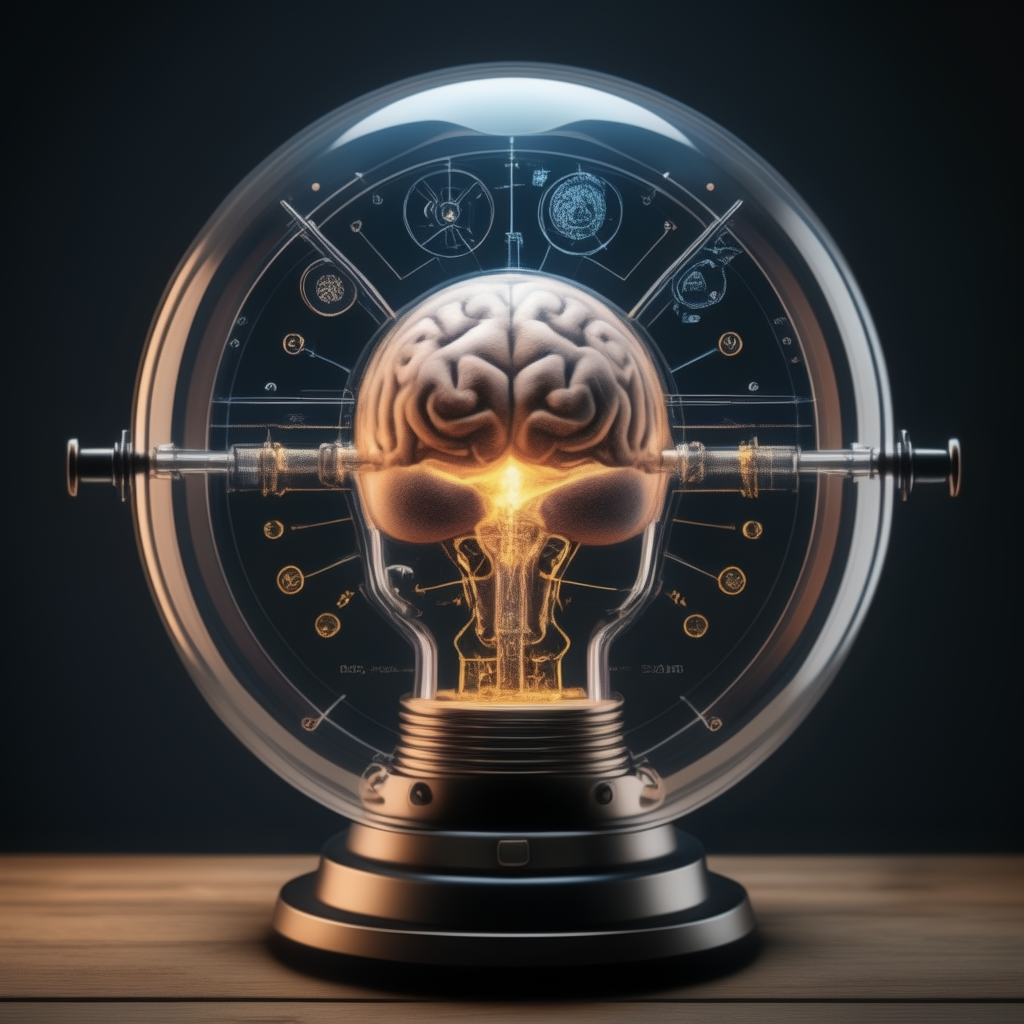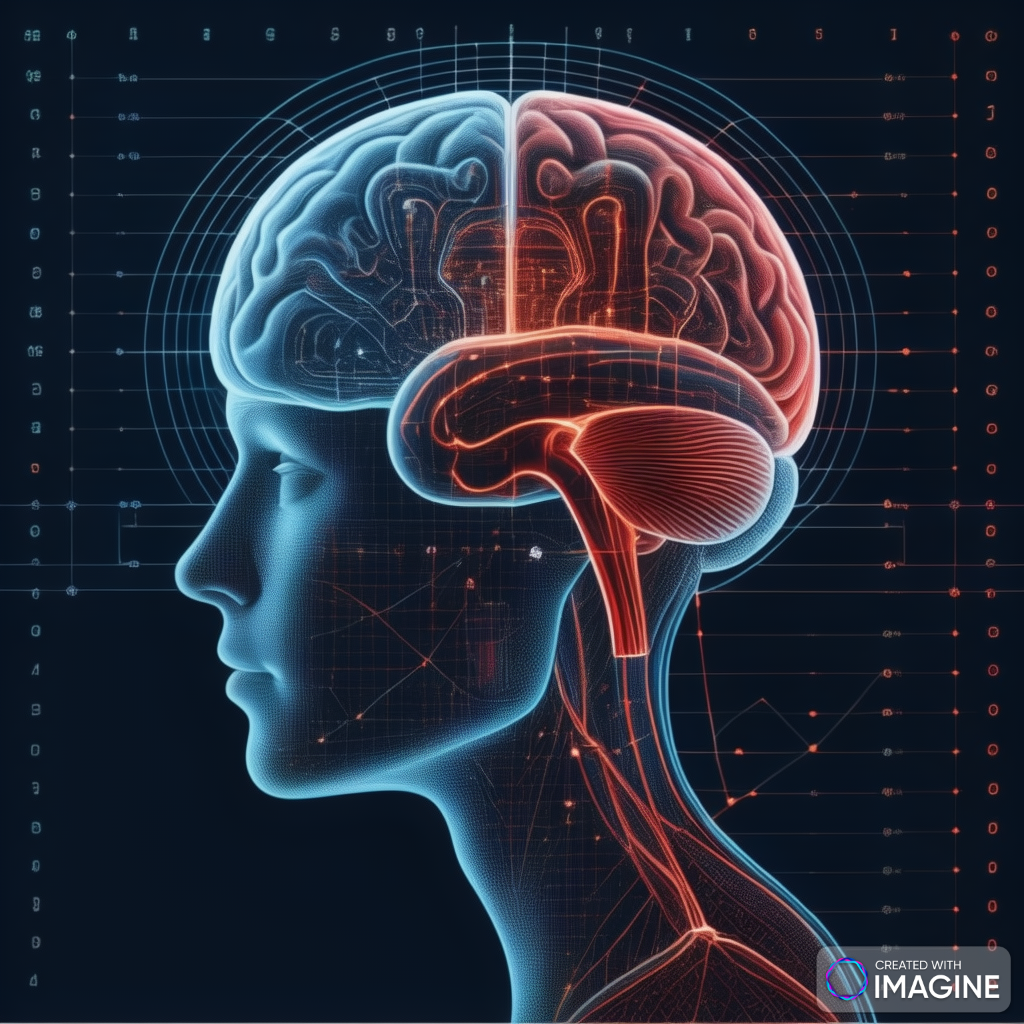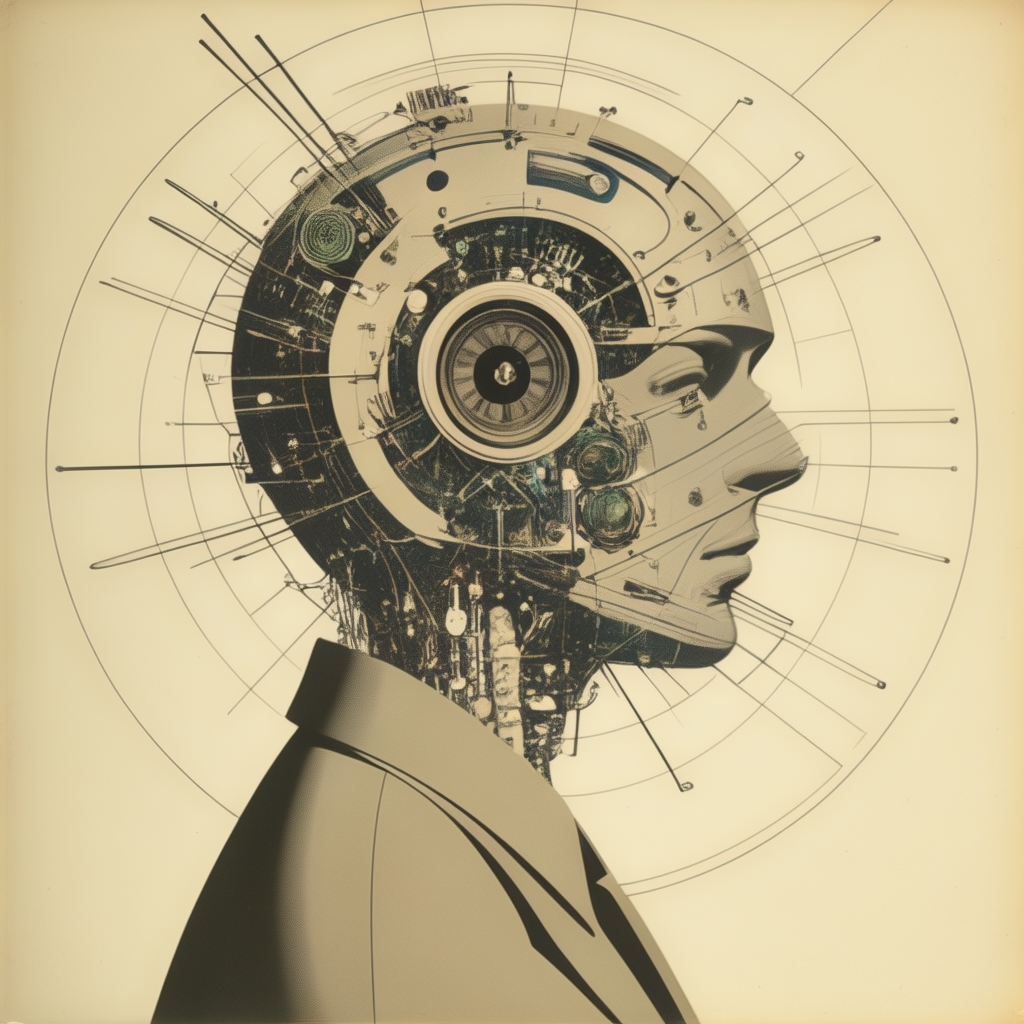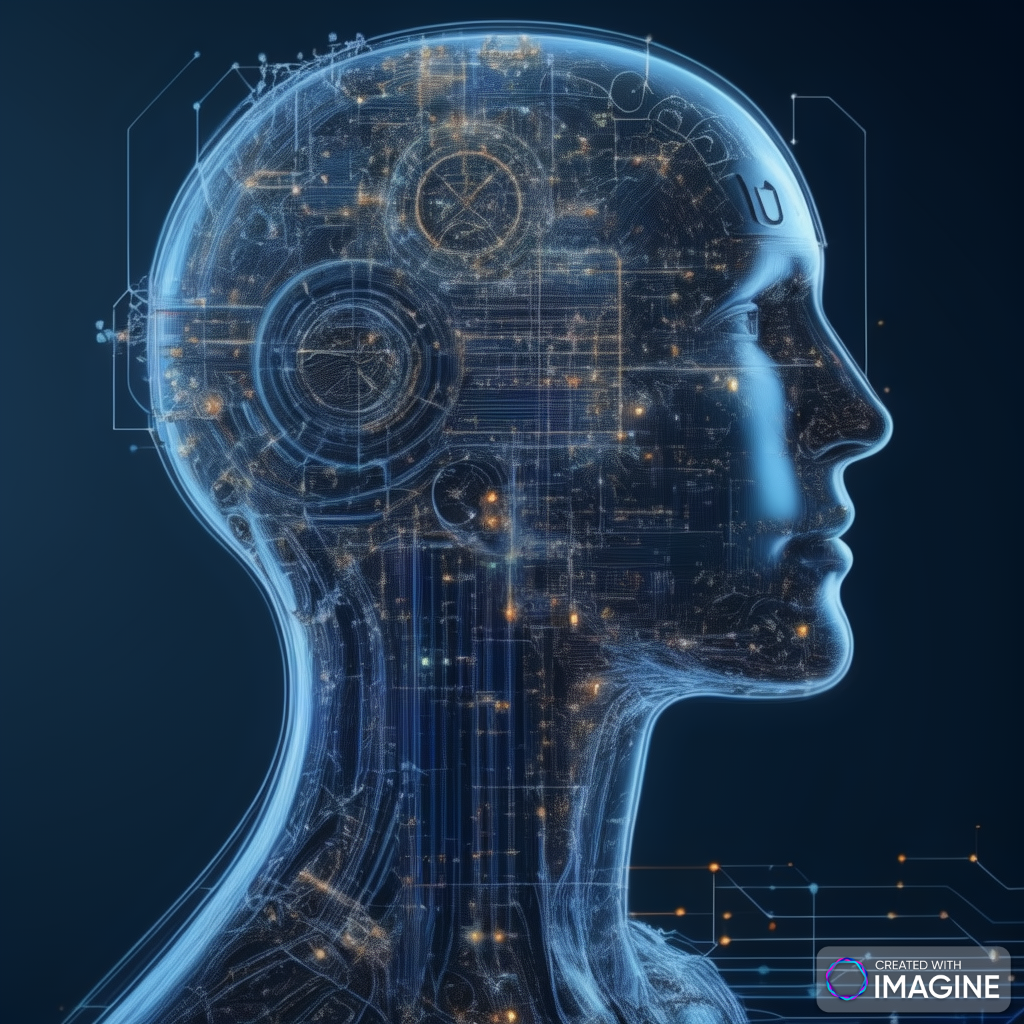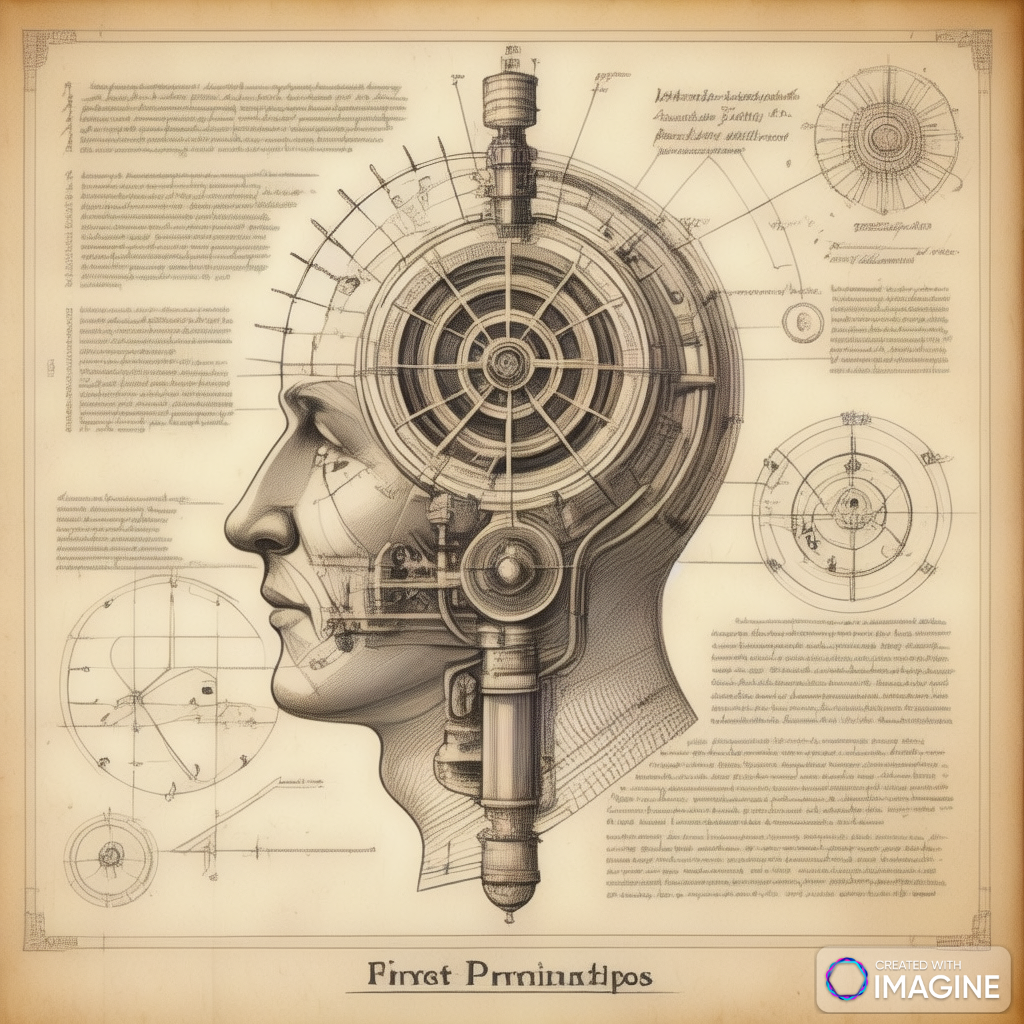Necessity is the Mother of Invention: A Deep Dive into Human Ingenuity
Understanding the Phrase
“Necessity is the mother of invention” is a well-known proverb that suggests that difficult situations inspire ingenious solutions. This phrase encapsulates the idea that when people face pressing needs or problems, they are motivated to find creative solutions. Throughout history, this principle has driven countless scientific discoveries and technological advancements, demonstrating human resilience and ingenuity.
The Thought Process of Scientists and Inventors
Scientists and inventors often start with a problem or a need. Their thought process typically involves:
- Identifying the Problem: Recognizing a need or a challenge that requires a solution.
- Research and Analysis: Investigating existing solutions and understanding why they are insufficient.
- Creative Ideation: Brainstorming innovative ideas that could address the problem.
- Experimentation: Testing different hypotheses and prototypes.
- Iteration: Refining and improving upon initial ideas through repeated testing and feedback.
Great Discoveries and Inventions: The Role of Necessity
Many of the greatest inventions and discoveries were born out of necessity. Here are some examples:
1. The Wheel
- Necessity: Transportation and the movement of goods.
- Thought Process: Early humans needed a more efficient way to transport heavy loads. The invention of the wheel, around 3500 B.C., revolutionized transportation, enabling the movement of goods and people over long distances.
- Applications: Carts, carriages, automobiles, and virtually all forms of transportation.
- Engineering Process: The initial discovery involved creating a round object that could rotate. Over time, the wheel was improved with the addition of axles, spokes, and eventually pneumatic tires.
2. The Printing Press
- Necessity: Dissemination of information and knowledge.
- Thought Process: Johannes Gutenberg, in the 15th century, sought a way to produce books more efficiently than by hand-copying manuscripts.
- Applications: Mass production of books, newspapers, and the spread of knowledge and literacy.
- Engineering Process: Gutenberg’s press used movable type and a mechanical press to transfer ink onto paper, allowing for the rapid production of multiple copies.
3. Electricity
- Necessity: Reliable and controllable power source.
- Thought Process: Scientists like Benjamin Franklin, Thomas Edison, and Nikola Tesla experimented with ways to harness and utilize electrical energy.
- Applications: Lighting, heating, communication, and countless modern conveniences.
- Engineering Process: The development of generators, electrical circuits, and power distribution systems involved extensive experimentation and refinement.
4. The Telephone
- Necessity: Instantaneous communication over long distances.
- Thought Process: Alexander Graham Bell aimed to improve telegraph technology to transmit human voice.
- Applications: Telephones, mobile phones, and global communication networks.
- Engineering Process: Bell’s invention involved converting sound waves into electrical signals and then back into sound, leading to the development of modern telecommunications.
5. Penicillin
- Necessity: Treatment of bacterial infections.
- Thought Process: Alexander Fleming accidentally discovered penicillin in 1928 when he noticed that mold killed bacteria in his Petri dishes.
- Applications: Antibiotics, saving millions of lives by treating bacterial infections.
- Engineering Process: Isolating and mass-producing the penicillin mold required significant research and development, leading to the pharmaceutical industry.
Behind the Scenes of Discoveries and Inventions
The process of discovery and invention often involves:
- Curiosity and Observation: Many discoveries begin with careful observation and curiosity about the natural world.
- Serendipity: Accidental discoveries, like penicillin, often play a crucial role.
- Persistence: Scientists and inventors often face numerous failures before achieving success.
- Collaboration: Many
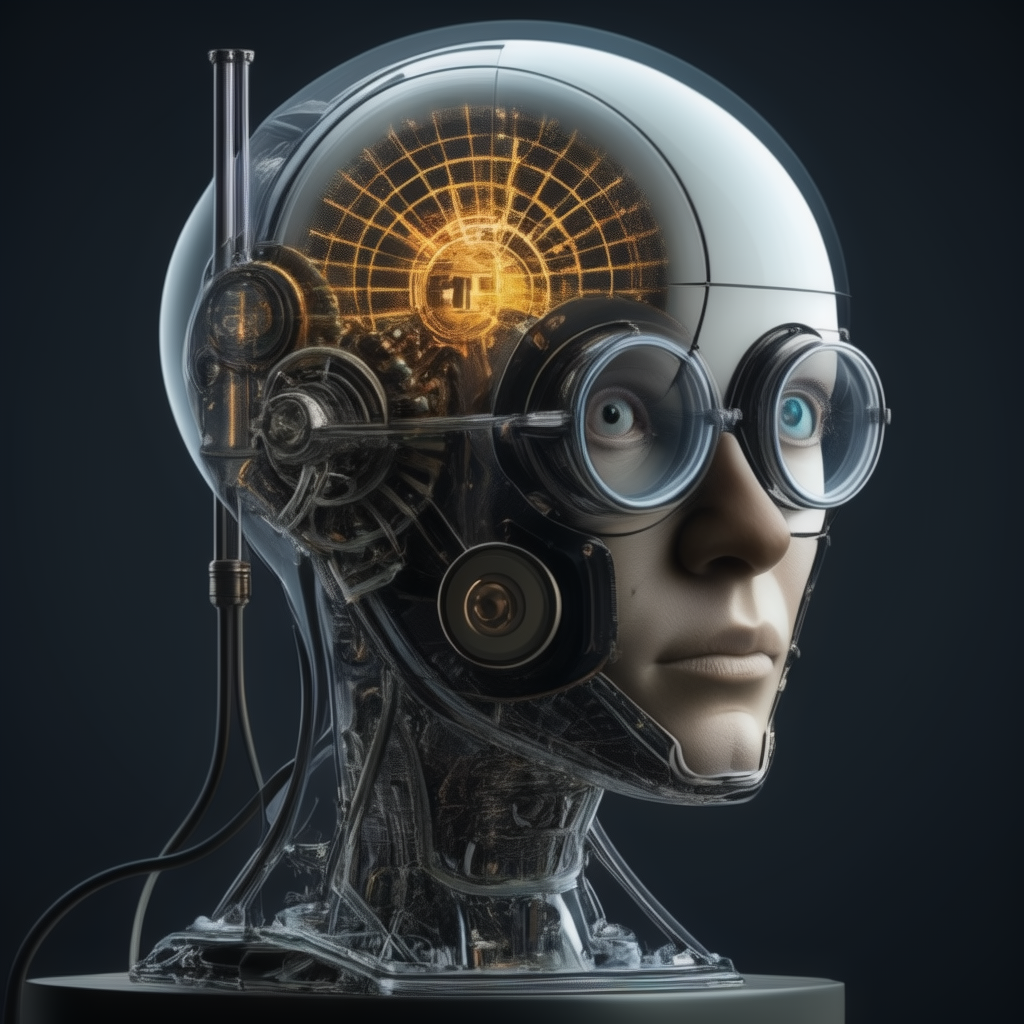 result from collaborative efforts, pooling knowledge and skills from different fields.
result from collaborative efforts, pooling knowledge and skills from different fields. - Funding and Support: Financial and institutional support is often necessary for extensive research and development.
Characteristics of Inventors and Scientists
- Curiosity: A strong desire to understand how things work and to explore the unknown.
- Creativity: The ability to think outside the box and generate innovative ideas.
- Resilience: The capacity to persist through failures and setbacks.
- Analytical Skills: The ability to analyze problems and devise effective solutions.
- Collaboration: The ability to work with others, combining different expertise and perspectives.
- Attention to Detail: Precision and thoroughness in experimentation and design.
Applications and Engineering Processes
The Steam Engine
- Applications: Industrial machinery, trains, ships.
- Engineering Process: Development of boilers, pistons, and condensers to convert steam energy into mechanical work.
The Airplane
- Applications: Transportation, military, exploration.
- Engineering Process: Design of aerodynamic structures, propulsion systems, and navigation controls.
The Internet
- Applications: Communication, information sharing, commerce.
- Engineering Process: Development of network protocols, data transmission technologies, and user interfaces.
Deeper Insights into “Necessity is the Mother of Invention”
The notion that necessity spurs innovation highlights the fundamental drive within humans to adapt and overcome obstacles. This intrinsic motivation to address pressing needs has not only catalyzed pivotal advancements but has also sculpted the very course of human history.
The Cognitive Process of Innovators
Problem Recognition
Innovators often start by recognizing a gap or inefficiency in existing systems. This gap represents a clear need that demands attention.
Exploration and Ideation
Once the problem is identified, innovators delve into exploring potential solutions. This stage is marked by extensive brainstorming and the exploration of a wide array of possibilities.
Prototype Development
Creating prototypes allows innovators to test their ideas in practical scenarios. These prototypes are often rudimentary versions of the final 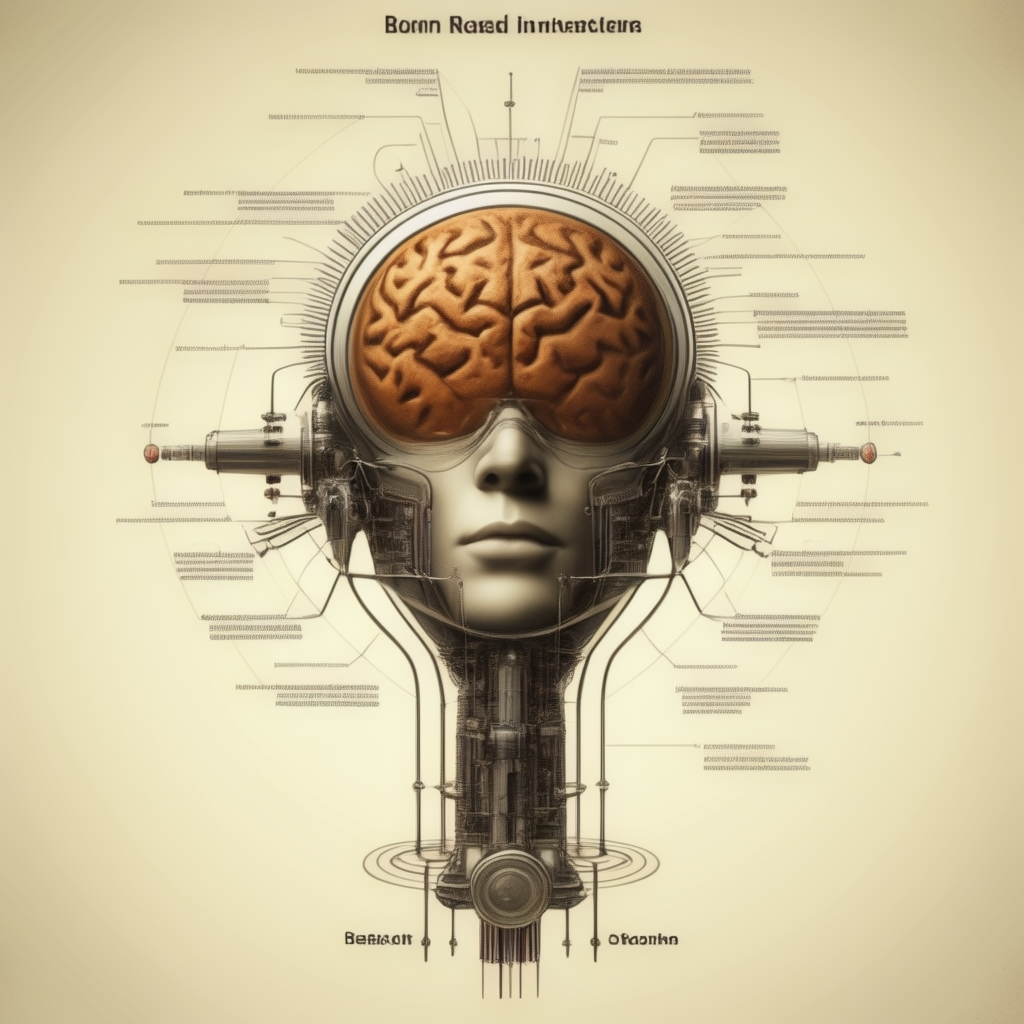 but are crucial for understanding the feasibility of the concept.
but are crucial for understanding the feasibility of the concept.
Iterative Refinement
Through repeated cycles of testing and feedback, prototypes are refined. Each iteration brings the invention closer to its final form, often improving efficiency, usability, and effectiveness.
Historical Innovations Driven by Necessity
The Agricultural Revolution
- Necessity: The need for a stable food supply as human populations grew.
- Process: Transition from hunter-gatherer societies to settled agricultural communities. Innovations like crop rotation, irrigation, and selective breeding emerged.
- Impact: Enabled the rise of civilizations, urbanization, and significant population growth.
The Compass
- Necessity: Navigation during sea voyages to prevent getting lost.
- Process: Early compasses used lodestones, followed by the development of magnetic needles.
- Impact: Revolutionized exploration, trade, and expansion, enabling the Age of Discovery.
The Refrigerator
- Necessity: Preservation of food to prevent spoilage.
- Process: Early iceboxes led to the development of mechanical refrigeration using chemicals like ammonia.
- Impact: Transformed food storage and distribution, extending shelf life and reducing waste.
Behind the Scenes: Innovation Pathways
Interdisciplinary Collaboration
Innovations often arise from the convergence of multiple disciplines. For instance, the development of the computer involved insights from mathematics, engineering, and electronics.
Government and Private Sector Roles
Government funding and private sector investment play critical roles in advancing research and development. For example, the space race between the United States and the Soviet Union led to numerous technological advancements.
Trial and Error
Many innovations result from extensive trial and error. Thomas Edison’s development of the light bulb involved thousands of experiments before finding a viable filament material.
Documentation and Patenting
Meticulous documentation and the patenting process protect intellectual property and provide a structured pathway for innovation to enter the market.
Characteristics of Pioneers in Innovation
Risk Tolerance
Inventors and scientists often take significant risks, venturing into uncharted territory without guaranteed success.
Empathy and User-Centric Design
Understanding the end-user’s needs and experiences drives the design and functionality of many inventions.
Long-Term Vision
Innovators often possess the foresight to envision how their inventions could shape the future, guiding their persistence and dedication.
Ethical Considerations
Responsible innovators consider the ethical implications of their work, aiming to create solutions that benefit society while minimizing harm.
The Engineering Behind Inventions
Materials Science
Advancements in materials science have been pivotal in many inventions. For example, the development of lightweight, strong materials like carbon fiber has revolutionized industries from aerospace to sports equipment.
Computational Modeling
Modern engineering heavily relies on computational modeling to simulate and optimize designs before physical prototypes are created. This reduces costs and accelerates development.
Sustainable Design
There is an increasing focus on sustainability, driving the creation of eco-friendly technologies such as renewable energy systems and biodegradable materials.
Influences on Innovation: From Environment to Education
Socio-Economic Factors
The socio-economic context, including the availability of resources and the economic climate, significantly influences the pace and direction of innovation.
Educational Systems
Robust educational systems that emphasize critical thinking, creativity, and technical skills nurture the next generation of innovators.
Cultural Attitudes
Cultural attitudes towards risk, failure, and entrepreneurship shape the environment in which innovation can flourish.
Future Directions and Unlimited Potential
Biotechnology
Emerging fields like biotechnology hold immense potential to address needs in healthcare, agriculture, and environmental conservation.
Artificial Intelligence
AI is poised to revolutionize various sectors by automating tasks, providing insights from big data, and enhancing decision-making processes.
Space Exploration
The push towards space exploration promises new frontiers for innovation, from colonization of other planets to the development of new materials and technologies.
Notable Inventions and Discoveries
1. The Printing Press
- Inventor: Johannes Gutenberg
- When: 1440
- How It Started: Gutenberg combined existing technologies of screw presses with movable type, inspired by wine presses and coin stamping techniques.
- Process of Discovery: Experimented with various materials for type and ink to create a reproducible printing system.
- Engineering Process: Development of a hand-operated press using movable metal type.
- Applications: Mass production of books, dissemination of knowledge, and the promotion of literacy and education.
2. The Telephone
- Inventor: Alexander Graham Bell
- When: 1876
- How It Started: Bell was interested in improving telegraph systems and experimented with the transmission of vocal sounds.
- Process of Discovery: Conducted experiments with electric signals and sound vibrations, leading to the creation of the first practical telephone.
- Engineering Process: Conversion of sound waves into electrical signals and vice versa using a diaphragm and electromagnetic coil.
- Applications: Revolutionized communication by allowing real-time voice conversations over long distances.
3. The Electric Light Bulb
- Inventor: Thomas Edison (and independently by Joseph Swan)
- When: 1879
- How It Started: Numerous inventors were working on electric lighting; Edison aimed to create a practical, long-lasting bulb.
- Process of Discovery: Extensive testing of different filament materials to find one that would glow without burning out quickly.
- Engineering Process: Development of a vacuum-sealed bulb with a carbon filament.
- Applications: Extended productive hours beyond daylight, improved safety, and contributed to the development of electrical infrastructure.
4. The Airplane
- Inventors: Orville and Wilbur Wright
- When: 1903
- How It Started: The Wright brothers were fascinated by flight and conducted extensive research on aerodynamics and control systems.
- Process of Discovery: Built and tested gliders, then added an engine and propellers to achieve powered flight.
- Engineering Process: Development of a three-axis control system, lightweight materials, and an efficient propulsion system.
- Applications: Revolutionized transportation, enabled global travel, and facilitated air-based commerce and warfare.
5. The Personal Computer
- Inventors: Various, including pioneers like Steve Jobs and Bill Gates
- When: 1970s-1980s
- How It Started: Inspired by earlier mainframe and minicomputers, innovators sought to create affordable and accessible computing for individuals.
- Process of Discovery: Development of microprocessors, user-friendly interfaces, and software applications.
- Engineering Process: Integration of hardware components (CPU, memory, storage) and development of operating systems.
- Applications: Transformed business, education, entertainment, and personal productivity.
Future Inventions and Discoveries
1. Quantum Computing
- Potential Innovators: Companies like Google, IBM, and academic researchers.
- Field: Computing and Information Technology
- Necessity: To solve complex problems that are infeasible for classical computers, such as cryptography, drug discovery, and optimization.
- Current Work: Development of stable qubits, error correction techniques, and quantum algorithms.
- Expected Impact: Exponential increase in computational power, revolutionizing fields like cryptography, material science, and artificial intelligence.
2. Fusion Energy
- Potential Innovators: ITER project, private companies like Helion Energy, and national laboratories.
- Field: Energy
- Necessity: To provide a virtually limitless, clean, and sustainable energy source.
- Current Work: Developing technologies to achieve and maintain controlled nuclear fusion reactions.
- Expected Impact: Potential to solve global energy challenges, reduce dependence on fossil fuels, and mitigate climate change.
3. Brain-Computer Interfaces (BCIs)
- Potential Innovators: Neuralink (founded by Elon Musk), DARPA, and various academic institutions.
- Field: Neuroscience and Technology
- Necessity: To enhance human capabilities, treat neurological disorders, and enable direct communication between brains and machines.
- Current Work: Developing implantable devices, improving signal processing techniques, and ensuring biocompatibility.
- Expected Impact: Transform healthcare, enable new forms of human-machine interaction, and enhance cognitive abilities.
Additional Notable Inventions and Discoveries
1. Penicillin
- Discoverer: Alexander Fleming
- When: 1928
- How It Started: Fleming was studying staphylococci bacteria and noticed that a mold (Penicillium notatum) killed the bacteria around it.
- Process of Discovery: Accidental observation followed by deliberate experimentation to isolate the active substance.
- Engineering Process: Development of methods to mass-produce penicillin, particularly during World War II.
- Applications: Revolutionized medicine by providing a powerful antibiotic to treat bacterial infections, saving countless lives.
2. DNA Double Helix Structure
- Discoverers: James Watson and Francis Crick
- When: 1953
- How It Started: Building on earlier research by Rosalind Franklin, Maurice Wilkins, and others, Watson and Crick aimed to determine the structure of DNA.
- Process of Discovery: Utilized X-ray diffraction images and model-building to deduce the double helix structure.
- Engineering Process: Ongoing development of genetic engineering and biotechnology based on understanding DNA structure.
- Applications: Advanced genetics, molecular biology, medicine (gene therapy, genetic testing), and biotechnology.
3. Internet
- Inventors: Multiple contributors, including Vint Cerf and Bob Kahn
- When: Late 1960s – Early 1980s
- How It Started: ARPANET, funded by the U.S. Department of Defense, aimed to create a network to share information.
- Process of Discovery: Development of protocols like TCP/IP to allow different networks to communicate.
- Engineering Process: Creation and standardization of networking protocols, development of hardware infrastructure.
- Applications: Global communication, information sharing, e-commerce, social media, and a plethora of digital services.
4. Electric Motor
- Inventor: Michael Faraday
- When: 1821
- How It Started: Faraday’s interest in electromagnetism led him to experiment with electromagnetic fields and motion.
- Process of Discovery: Demonstrated that a magnetic field could produce rotary motion, laying the groundwork for electric motors.
- Engineering Process: Development of efficient designs using various materials and configurations for practical applications.
- Applications: Powered a wide range of devices from industrial machinery to household appliances, transforming modern life.
5. Semiconductor Transistor
- Inventors: John Bardeen, Walter Brattain, and William Shockley
- When: 1947
- How It Started: Research at Bell Labs aimed at finding a solid-state alternative to vacuum tubes.
- Process of Discovery: Experiments with semiconductor materials like germanium led to the invention of the point-contact transistor.
- Engineering Process: Miniaturization and integration into silicon chips, leading to modern electronics.
- Applications: Foundation of modern electronics, enabling the development of computers, smartphones, and various digital devices.
Potential Future Inventions and Discoveries
1. Artificial General Intelligence (AGI)
- Potential Innovators: Research institutions like OpenAI, DeepMind, and various universities.
- Field: Artificial Intelligence
- Necessity: To create machines with cognitive abilities comparable to humans, capable of performing any intellectual task.
- Current Work: Developing advanced machine learning models, understanding human cognition, and creating robust AI safety protocols.
- Expected Impact: Transform multiple industries, solve complex problems, and potentially revolutionize human life and work.
2. Space Mining
- Potential Innovators: Companies like SpaceX, Planetary Resources, and national space agencies.
- Field: Space Exploration and Resource Management
- Necessity: To access rare minerals and resources from asteroids and other celestial bodies to support Earth’s economy and space colonization.
- Current Work: Developing spacecraft capable of reaching and mining asteroids, and creating sustainable methods for resource extraction.
- Expected Impact: Provide new sources of materials, reduce strain on Earth’s resources, and support long-term space exploration.
3. Nanotechnology-Based Medicine
- Potential Innovators: Research labs, universities, and biotech companies.
- Field: Medicine and Biotechnology
- Necessity: To provide targeted, efficient treatments for diseases at the molecular level, minimizing side effects.
- Current Work: Developing nanomaterials and delivery systems for drugs, creating nanoscale diagnostic tools.
- Expected Impact: Revolutionize treatment of diseases like cancer, enhance precision medicine, and improve overall healthcare outcomes.
4. Synthetic Biology
- Potential Innovators: Academic institutions, biotech companies, and research organizations.
- Field: Biotechnology
- Necessity: To engineer living organisms for beneficial purposes, including biofuel production, environmental cleanup, and medical applications.
- Current Work: Designing and modifying genetic material to create new biological functions and systems.
- Expected Impact: Create sustainable alternatives to chemical processes, develop new medicines, and address environmental challenges.
5. Wireless Energy Transfer
- Potential Innovators: Universities, tech companies like Tesla (Nikola Tesla’s original work), and startups.
- Field: Energy and Electrical Engineering
- Necessity: To provide convenient, cable-free power solutions for various devices and potentially larger systems.
- Current Work: Developing safe, efficient methods for transmitting power wirelessly over distances.
- Expected Impact: Increase convenience and efficiency in powering devices, support electric vehicle infrastructure, and advance renewable energy systems.
Conclusion
The process of invention and discovery is deeply intertwined with human necessity and curiosity. From the accidental discovery of penicillin to the deliberate efforts in quantum computing, each innovation follows a path driven by the needs and challenges of the time. The future promises even more groundbreaking advancements as we continue to push the boundaries of what is possible, driven by the unending quest to improve our lives and solve the world’s pressing problems. The characteristics common to inventors and discoverers—curiosity, perseverance, and creativity—ensure that the next big breakthrough is always on the horizon, waiting to change the world.
The phrase “necessity is the mother of invention” beautifully encapsulates the drive behind human progress. From early agricultural tools to modern AI systems, each invention is a testament to humanity’s ability to solve problems creatively and persistently. As long as there are challenges to overcome, this principle will continue to inspire groundbreaking innovations, shaping our future in unimaginable ways. The journey of innovation is ongoing, driven by the unending pursuit of better solutions to meet our ever-evolving needs.
The journey from identifying a problem to developing a solution involves curiosity, creativity, persistence, and collaboration. As we continue to face new challenges, this timeless principle will undoubtedly inspire future innovations that will shape the world for generations to come.

